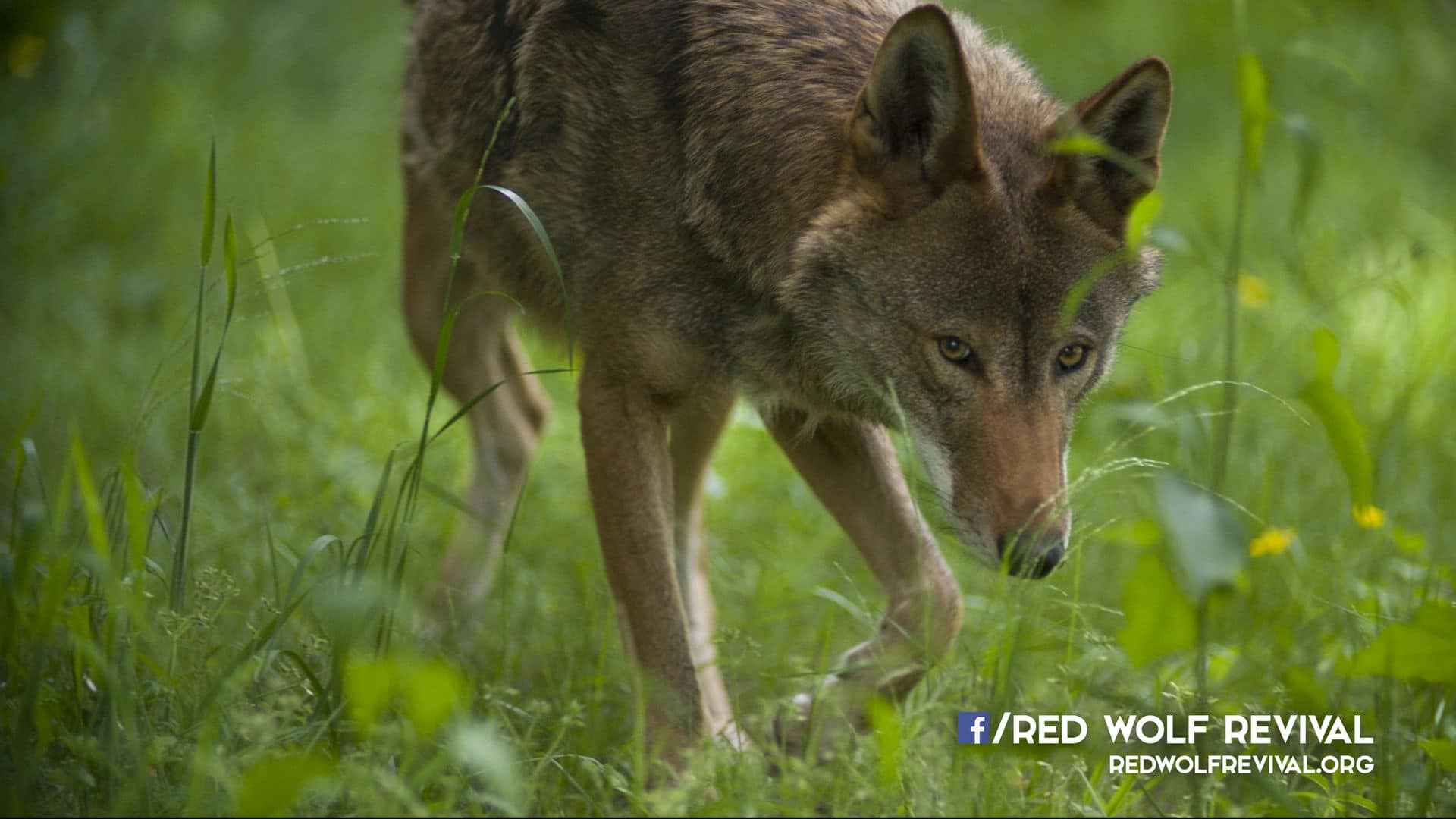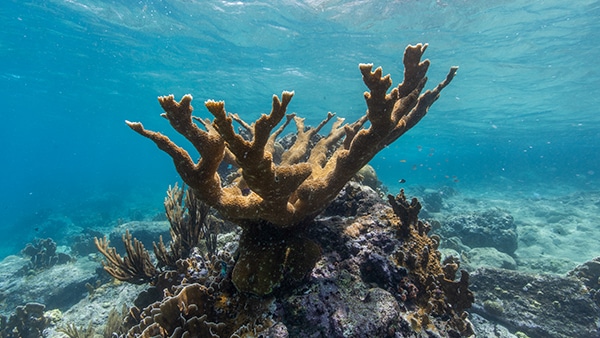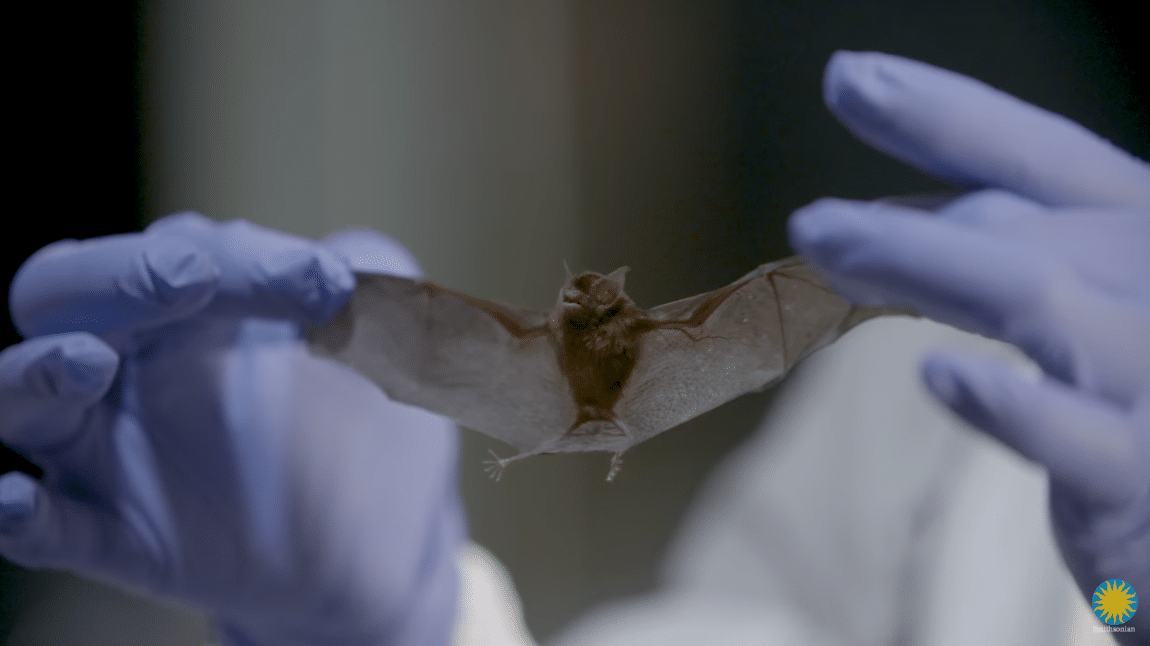Interview with Rosh Patel
Director of Pride
Want to learn more about the making of Pride? Director Roshan Patel was generous enough to provide some insights into his experience filming lions in the wild and the importance of conservation filmmaking.
In Pride, we see a community striving to conserve the Asiatic lion. Attitudes of the people of Gujarat seem very at peace with the lions and these efforts. This is, in some ways, a stark contrast to the community tensions created by large predator reintroduction efforts in the Western United States. Do you think there are lessons people in America, both governments agencies and individuals, could learn from Gujarat?
RP: There are many things that make this relationship between people and predators work. Some of it is cultural — a largely vegetarian community means that lions and people aren’t competing for the same food source, which in many cases seems to be a big part of the tension in the United States. Religious views also influence their relationship with wildlife. But I certainly see some of their solutions to be entirely transferable. For example, the forest department has staff living in communities wherever lions are present. They are a resource for the community to help them navigate difficult questions, determine how to be safe, and report any concerns. Since they are residents of that community, they’re also more deeply connected beyond their professional role. Their kids go to school together. They go to the same cultural events. They share meals together. It is a level of trust that I think would make a tremendous difference in the way that communities engage in these topics and address difficult questions that come with large carnivores. It’s something I would love to see replicated in other places around the world, particularly in the US.
Since filming Pride, the population of Asiatic lions has continued to grow — indicating a successful conservation campaign. Do you foresee attitudes changing with a greater number of lions roaming the area?
RP: In some ways I don’t see attitudes changing in the area with the lion population growth — mostly because the cultural attitude is the reason there has been a population growth. People largely like seeing the lions around, and the communities seem to share their knowledge with other communities who are now starting to see lions in their area. While there are occasionally casualties, lions hold a high cultural value so the idea of eradication or other forms of management doesn’t seem to be on the table. I have no doubt there is a range of opinions, but for now, the lions are expanding beyond protected areas and doing quite well. They aren’t concentrated and densely crowding an area — they’re roaming and filling habitat in a way that seems to be a point of pride in the region.
How was your experience filming the lions (and other big cats)? Some people you interviewed related anecdotes about the lack of danger they felt when in close proximity to the lions. Were you similarly at ease?
RP: Honestly the way we found and filmed lions was to spend time with people. Almost all our interviews were spur of the moment, completely unplanned. We’d talk to one person, they would direct us to talk to their neighbor who had experiences, and suddenly we’d be filming an interview. During the course of those interviews, they’d tell us about the lions that came and visited them. Some farmers even named the lions that came by. So when we did eventually film lions, they felt familiar to the people we were with and we trusted that experience. I wouldn’t apply that same trust to other species I’ve filmed, but that comfort felt completely part of the story.
In recent years, a lot of focus in the environmental movement has shifted to issues facing vulnerable human populations like environmental justice. Why are wildlife conservation stories still important to tell?
RP: These stories are important to share because in many cases, they are stories about culture. Every culture has different relationships with wildlife, and it serves everyone well to be exposed to those perspectives to figure out what works for us or what doesn’t. I don’t know that people will watch this film and know exactly what to do to address a similar species in their community, but I hope that it can inspire the concept that it is possible to coexist and thrive regardless of financial resources, that there are more ways than one to view large carnivores, and that culture is critically important to the success of wildlife conservation.
You’re obviously well-travelled in your career as a filmmaker. Do you have a favorite place you’ve ever worked? How about a favorite animal you’ve ever filmed?
RP: Favorites are always hard. Every film requires falling in love with the story on some level. The one I keep coming back to is horseshoe crabs in the Delaware Bay. They’re wonderfully unique creatures that come to the Chesapeake shores by the millions each year for their spawning event. It’s one of the most remarkable events to watch and it’s one that happens relatively close to us here in DC.





